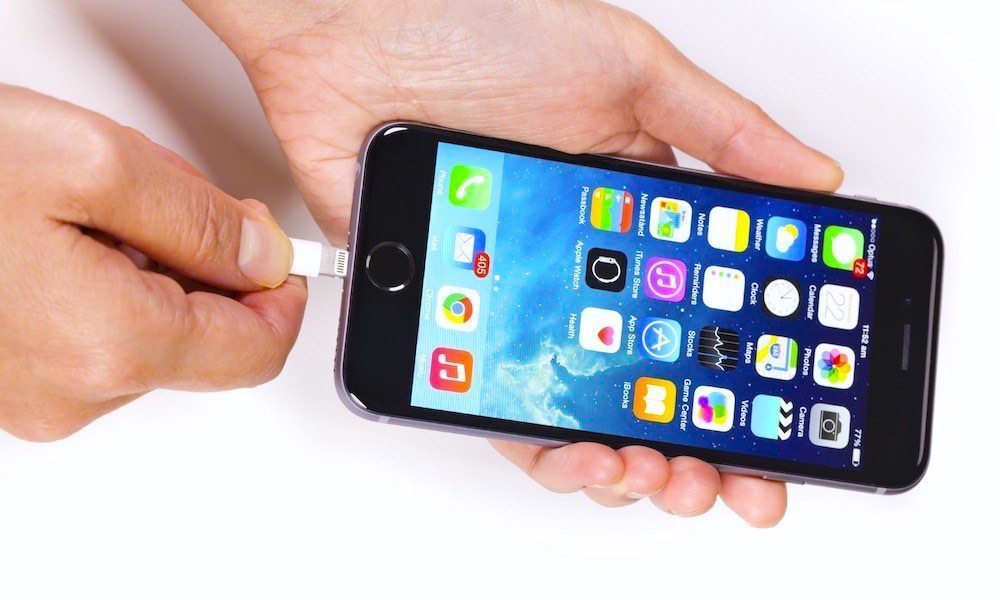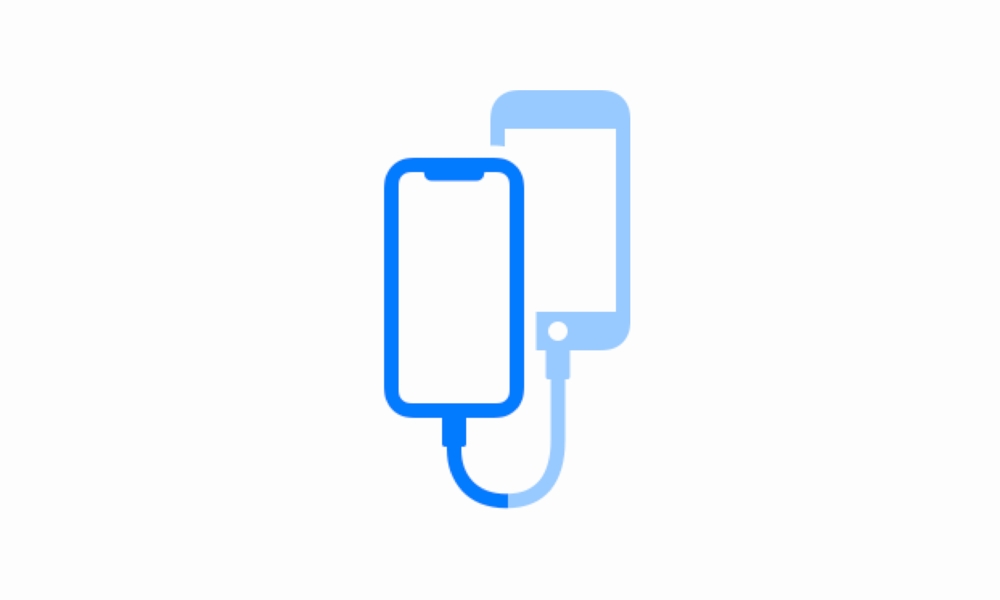Is Apple Planning a Switch to USB-C iPhones with iOS 13?

Toggle Dark Mode
There have been rumours for a couple of years now that Apple may be planning a move away from its proprietary Lightning port, opting instead for the more open USB-C standard across the board. Yet each year as new iPhones arrive, the same old Lightning ports persist.
The idea was bolstered a bit last year, however, when Apple switched to USB-C in its 2018 iPad Pro lineup — a move that surprised a lot of folks, but wasn’t entirely unexpected considering Apple’s desire to position its high-end tablet as a “Pro” device that can replace a traditional laptop for creative professionals. For those kinds of applications, Apple’s insistence on sticking with its own proprietary Lightning port was definitely holding it back from the much wider array of monitors, cameras, and other peripherals that target users of the iPad Pro would typically need as part of their workflow.
While the move to USB-C on the iPad Pro didn’t necessarily say anything about Apple’s plans for its other devices — especially after this year’s standard iPads shipped with the venerable Lightning port still in place — that hasn’t stopped the rumours and speculation, which have likely been fuelled by the belief that Apple is at least mulling the idea of a switch to the open port standard.
The History of iPhone USB-C Rumours
At the beginning of this year, we heard reports that Apple was actually testing “some versions” of the 2019 iPhones that featured a USB-C port instead of the Lightning connector, although later reliable reports not only said Apple would be sticking with Lightning ports — at least for this year’s iPhones — but also that it still won’t be bundling faster charging adapters in the box, despite ongoing rumours of 18W USB-C Fast Chargers.
In fact, it’s this second set of rumours that also confuses matters. Apple introduced Fast Charging using USB-C Power Delivery (USB-PD) in its 2017 iPhone lineup, which requires the use of a USB-C to Lightning cable, however it has consistently neglected to include the necessary cable or charger in the box with the iPhone itself, opting instead to keep bundling the same old five-watt power adapter and USB-A to Lightning cable that’s been included with every iPhone since the 2012 iPhone 5.
The result is that when a report appears about Apple making a switch to USB-C for the iPhone, it’s not always clear whether the rumour is talking about changing the port on the iPhone itself from Lightning to USB-C, or whether it’s simply referring to the cable that will be included in the box. Pretty much everybody agrees that Apple really should be doing the latter, however this may be in conflict with the company’s desire to emphasize wireless charging, especially since until recently it had been planning to sell its own wireless charging pad as well.
What iOS 13 Tells Us About USB-C
Since Apple has to release betas of its operating system well in advance of new iPhone hardware, it’s very often possible to discover details about Apple’s plans buried in the code of major iOS updates.
For example, not long after the first beta of iOS 13 found its way into the hands of developers, images of the new recovery screen surfaced, showing what appeared to be a USB-C cable pointing toward a computer. However, while past versions showed a Lightning connector and an iTunes icon, the fact that the new version shows the end of the cable pointing to a MacBook could also simply suggest a Lightning to USB-C cable, as mentioned earlier.
There’s other evidence of a possible USB-C switch mounting in iOS 13, however. New reports from the third iOS 13 developer beta by 9to5Mac reveals that Apple is working on a wired mode for transferring data between two iPhones.
New assets found in the initial Setup app that runs on new iOS devices suggests the possibility that users could be able to transfer data between two iPhone devices using a cable. An illustration shows an image of an older home-button equipped iPhone attached to a modern iPhone X-series device using a short, direct cable connection. Text strings found in the iOS 13 code also made reference to this transfer mode, with phrases such as “Keep your other iPhone connected to this iPhone and connected to power until the transfer is complete.”
Since a Lightning-to-Lightning cable doesn’t actually exist right now — Apple doesn’t make one, nor does it allow any of its MFi partners to do so — a switch to USB-C, where such cables are common, certainly seems a likely possibility. Of course, Apple could also release the necessary transfer cable, but releasing such a single-purpose accessory seems like even more of a stretch than simply changing the port standard.
The phrasing of the text string is also curious, since it refers to keeping both phones connected to each other and to power — something that even a typical USB-C cable wouldn’t provide. Obviously, wireless charging would be an option here, but that doesn’t seem to be what the instructions are suggesting.
It’s worth noting that there doesn’t yet seem to be any way to trigger this new wired transfer mode, which of course might require the necessary cable to be connected, or may only be supported on newer USB-C equipped iPhones. The feature also may simply not be ready yet, or could even be designed only for internal use by Apple service and repair professionals.
It’s also really hard to say what advantages this may provide other than a faster setup process by allowing data to be transferred directly between two devices, rather than restored from an iTunes or iCloud backup. However, with all of Apple’s recent iPhones supporting fast 802.11ac transfer speeds, a direct Wi-Fi transfer between iPhones wouldn’t be out of the question either; as things presently stand, despite USB-C charging support, all of Apple’s Lightning-equipped iPhones still cap out at USB 2.0 speeds, regardless of the cable used.
[The information provided in this article has NOT been confirmed by Apple and may be speculation. Provided details may not be factual. Take all rumors, tech or otherwise, with a grain of salt.]







